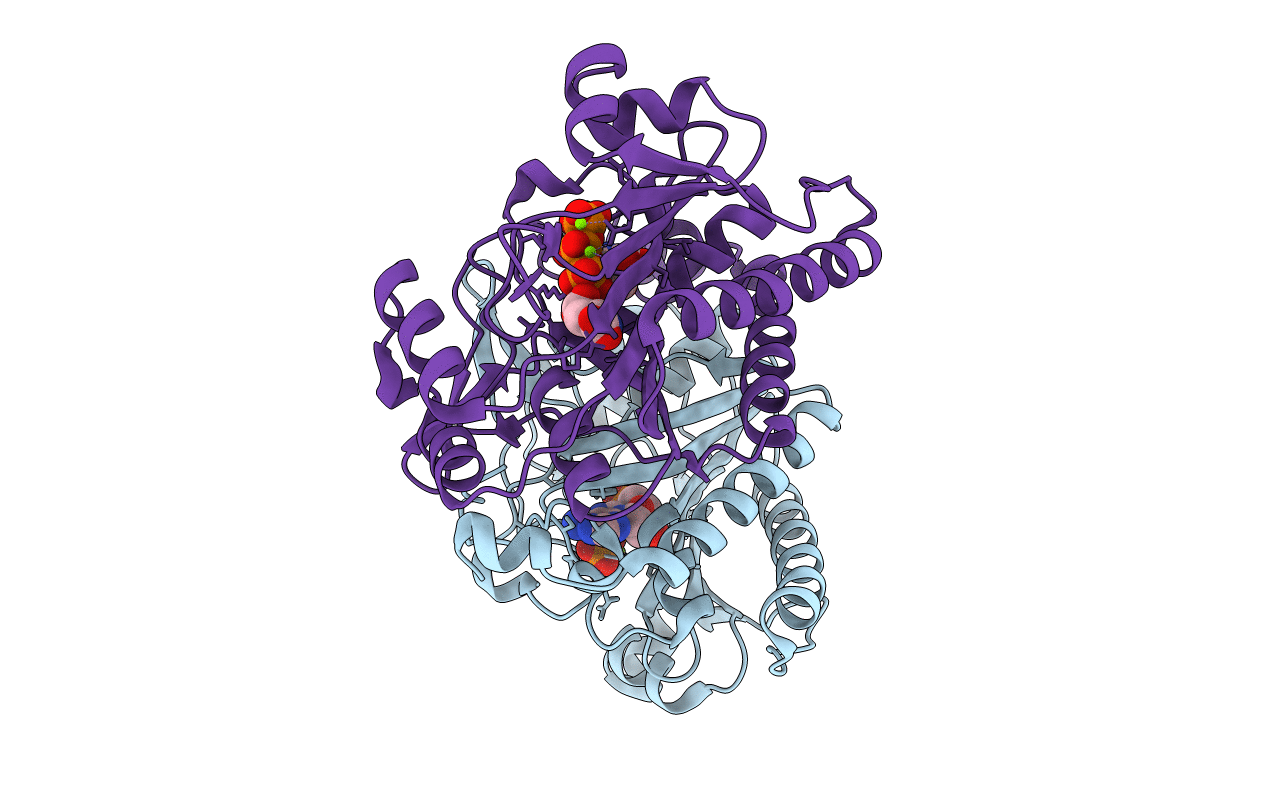
Deposition Date
2011-04-05
Release Date
2011-08-17
Last Version Date
2023-09-13
Entry Detail
PDB ID:
3REU
Keywords:
Title:
Crystal structure of the archaeal asparagine synthetase A complexed with L-Aspartic acid and Adenosine triphosphate
Biological Source:
Source Organism:
Pyrococcus abyssi (Taxon ID: 29292)
Host Organism:
Method Details:
Experimental Method:
Resolution:
1.90 Å
R-Value Free:
0.21
R-Value Work:
0.17
R-Value Observed:
0.17
Space Group:
P 21 21 21


